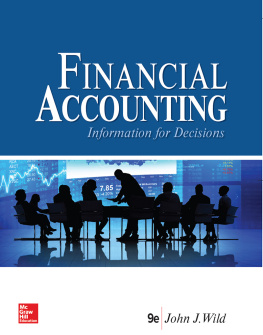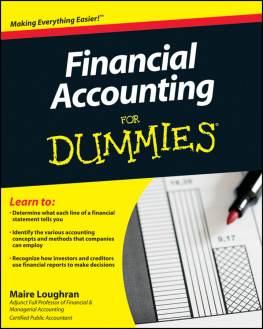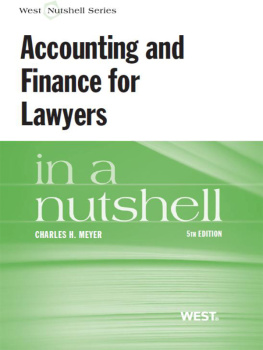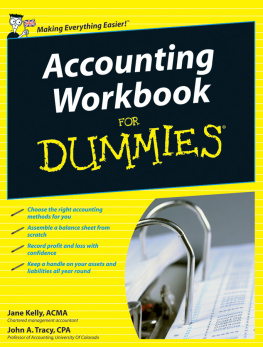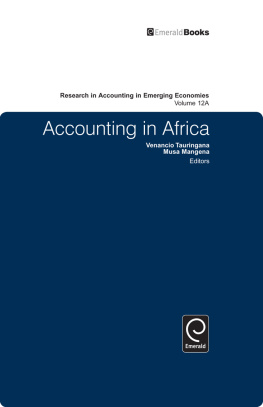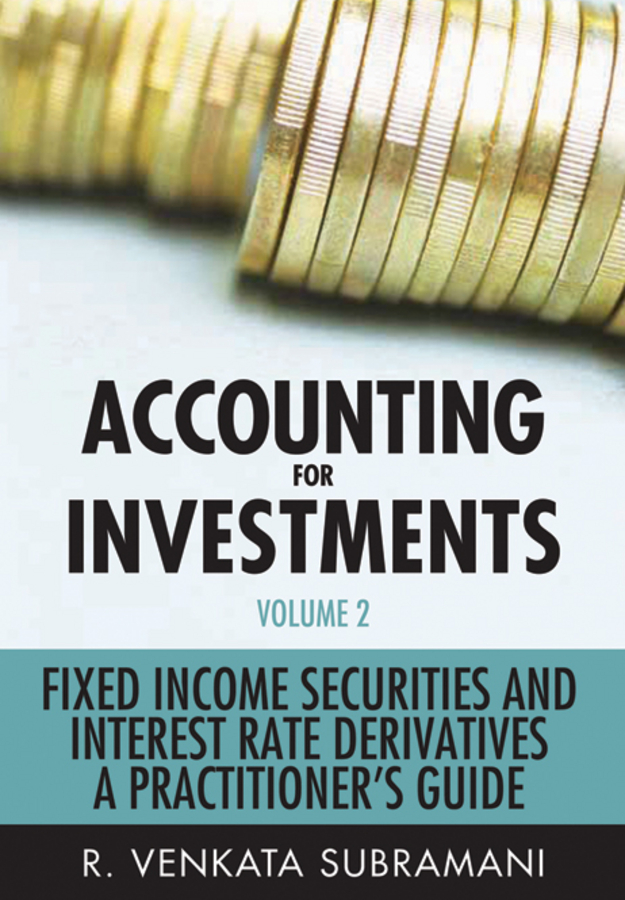Contents

Copyright 2011 John Wiley & Sons (Asia) Pte. Ltd.
Published in 2011 by John Wiley & Sons (Asia) Pte. Ltd.
1 Fusionopolis Walk, #0701, Solaris South Tower, Singapore 138628
All rights reserved.
No part of this publication may be reproduced, stored in a retrieval system, or transmitted in any form or by any means, electronic, mechanical, photocopying, recording, scanning, or otherwise, except as expressly permitted by law, without either the prior written permission of the Publisher, or authorization through payment of the appropriate photocopy fee to the Copyright Clearance Center. Requests for permission should be addressed to the Publisher, John Wiley & Sons (Asia) Pte. Ltd., 1 Fusionopolis Walk, #0701, Solaris South Tower, Singapore 138628, tel: 6566438000, fax: 6566438008, e-mail: .
This publication is designed to provide accurate and authoritative information in regard to the subject matter covered. It is sold with the understanding that the publisher is not engaged in rendering professional services. If professional advice or other expert assistance is required, the services of a competent professional person should be sought.
Neither the authors nor the publisher are liable for any actions prompted or caused by the information presented in this book. Any views expressed herein are those of the authors and do not represent the views of the organizations they work for.
Other Wiley Editorial Offices
John Wiley & Sons, 111 River Street, Hoboken, NJ 07030, USA
John Wiley & Sons, The Atrium, Southern Gate, Chichester, West Sussex, P019 8SQ, United Kingdom
John Wiley & Sons (Canada) Ltd., 5353 Dundas Street West, Suite 400, Toronto, Ontario, M9B 6HB, Canada
John Wiley & Sons Australia Ltd., 42 McDougall Street, Milton, Queensland 4064, Australia
Wiley-VCH, Boschstrasse 12, D-69469 Weinheim, Germany
Library of Congress Cataloging-in-Publication Data
ISBN 9780470825914 (Hardback)
ISBN 9780470829042 (ePDF)
ISBN 9780470829035 (Mobi)
ISBN 9780470829059 (ePub)
This book is dedicated to my parents, my wife and my daughter
Foreword
This is the second volume in the series of books on the subject Accounting for Investments authored by R. Venkata Subramani. This volume deals with the financial instruments in the nature of fixed income securities and interest rate derivatives such as interest rate swaps, caps, floors, collars, reverse collars and cross currency swaps. The comprehensiveness of the coverage is apparent from the fact that the author has meticulously dealt with the accounting treatment, presentation and disclosure aspects related to the fixed income securities and interest rate derivatives by any entity dealing with such financial instruments.
Subramani is an expert in the finance field with hands on experience in the treatment of various financial instruments for about two decades. He is also a techno-savvy professional and therefore quite conversant with the manner in which the transactions are executed in the globalised scenario. Being a Chartered Accountant who has passion to comprehend and apply Accounting Standards, he has analysed the accounting aspects in the context of the US GAAP and IFRS. Wherever considered appropriate, he has indicated the similarities and differences between the US GAAP and IFRS.
The methodical way in which the subject matter is covered with appropriate illustrations indicating the relevant entries to be passed referring to each step in the respective transactions is bound to guide and enlighten the readers practically. The lucid style adopted in authoring this book is sure to communicate the nuances and intricacies with absolute clarity. The book has systematically captured all the workings to the smallest detail as to how figures have been arrived at in each example given. The special feature of this book is that for every category of fixed income securities, the author has taken care to reflect the accounting entries to be passed at various stages in the entire trade life cycle of such instruments.
The significance of the financial instruments in the corporate world cannot be undermined. Equally important is the proper accounting, presenting and disclosing the transactions related to the financial instruments. In the present day scenario, transparency, accuracy and accountability are perceived by the stakeholders to be of paramount importance. This book will go a long way in facilitating proper accounting and reporting of financial instrument related transactions same as the Volume 1 of the same series. This Volume 2 would be a meaningful addition to the library of all the corporates, accountants, academicians and students of finance for ready reference and guidance on the contents.
T.N. Manoharan
Padmashri awardee
Former President, The Institute of Chartered Accountants of India
Chennai
March 2011
Introduction
The last decade has been one of constant changes in theory and practice in the economic sphere. The decade has also been one where significant changes in the thinking and organization of control structure in the financial sector have taken place, where regulatory functions hitherto exercised by the State have been gradually but certainly passed on to statutory supervisory bodies which have been established as independent operators. All these have brought about exciting times with new and fresh research in the financial sector leading to the adoption of new structures and products. It is the financial sector that has, in the recent years, shown phenomenal growth. This has led to very important changes in the thinking and adoption of practices in the commercial world.
Changes in accounting theory and practices have not been ignored by these developments. Globalization which has led to a breakdown in the geographical barriers has led to a free movement of resources, capital, manpower and ideas. Such measures have brought about a serious relook at aligning the accounting theory and practices to global prescriptions and practices, though there are still some areas of discussion pending even amongst the western experts on principles.
The unprecedented growth in the financial sector has called for not only an adoption of changed accounting standards and principles but also has brought about the creation and adoption of financial instruments that are continuously appraised and fine-tuned based on experiences of the accounting fraternity and also other users of these instruments. Such measures attempt to bring about accounting models that are reflective of the present day demands by plugging inherent gaps and inconsistencies in the current complex economic environment. We are still in a formative and experimental stage and one does not know for certain that what we adopt now will really stand the test of time and prove to be adequate to meet the exacting demands of the future. We are still based on the hope that future changes may not vitally affect our current practices.
It is in this background that one should view the efforts of R. Venkata Subramani in bringing out literature on the new areas that get highlighted because of a change in the perspectives. I am informed that the author would be bringing out a set of four volumesall connected with the various types of financial products that are currently available. It is encouraging to note that this professional accountant has decided to share his scholarship and expertise with others by authoring such illuminating and scholarly treaties. The book written in a very simple, straight and candid manner presupposes a basic knowledge and awareness of the current practices prevalent in this field on the part of the reader. The efforts of the author in bringing out such a cluster of books is not only welcome but should be appreciated in a situation where such books are not that freely available.



